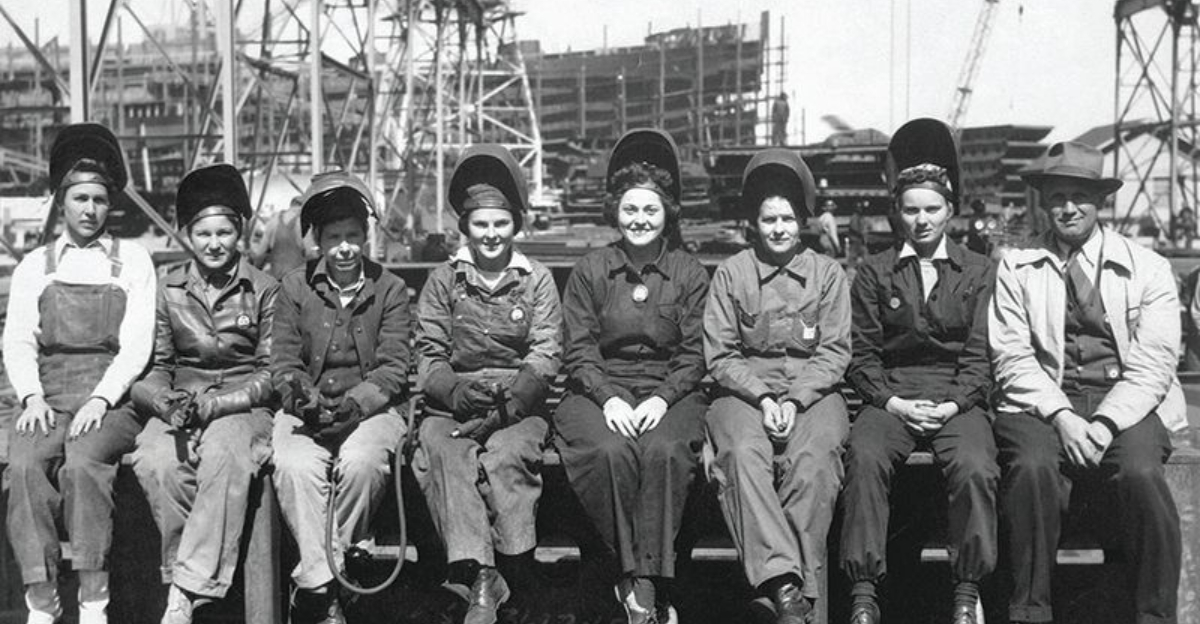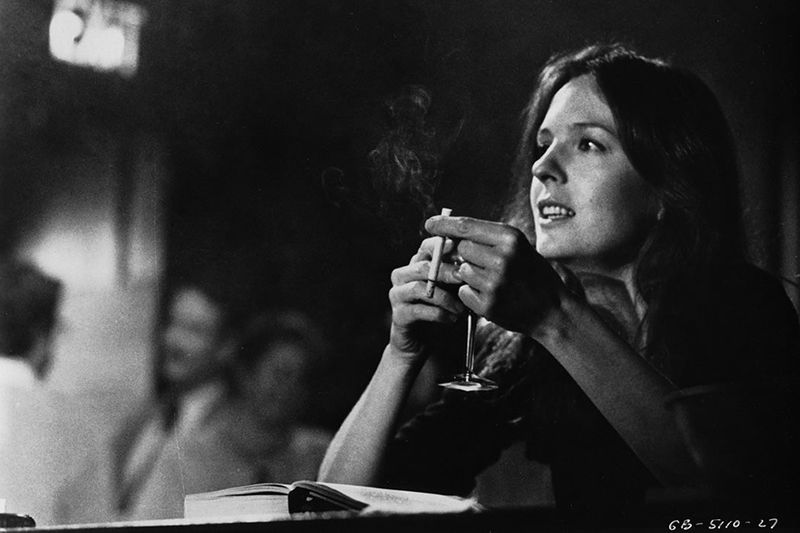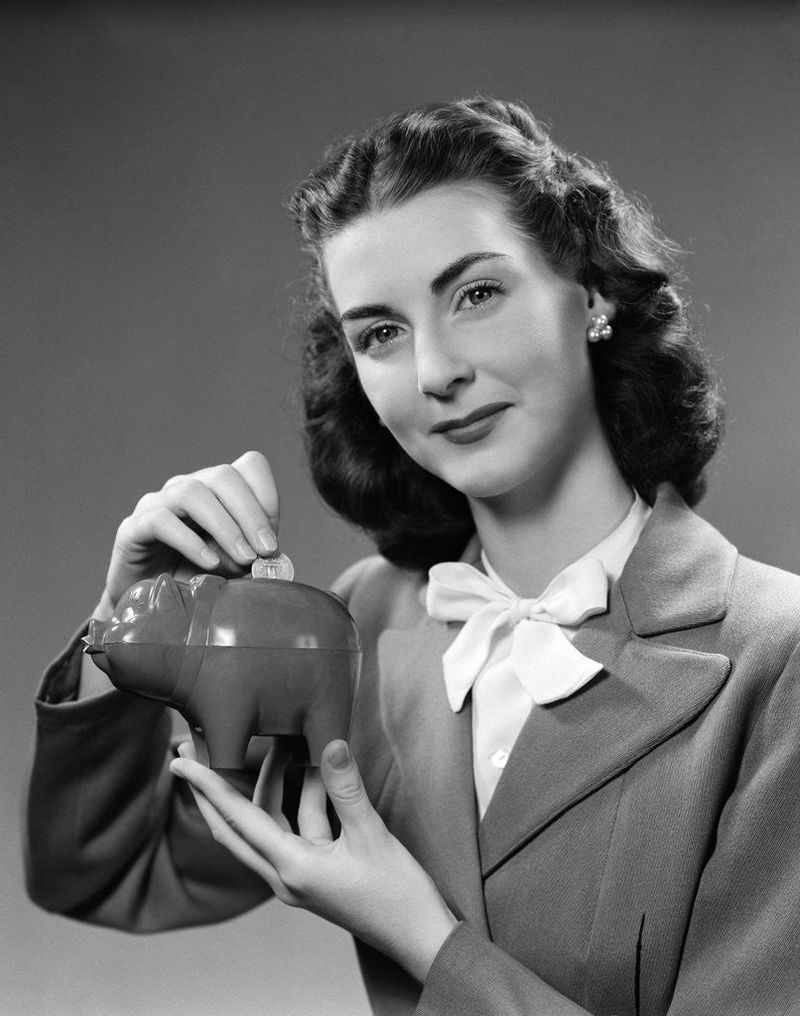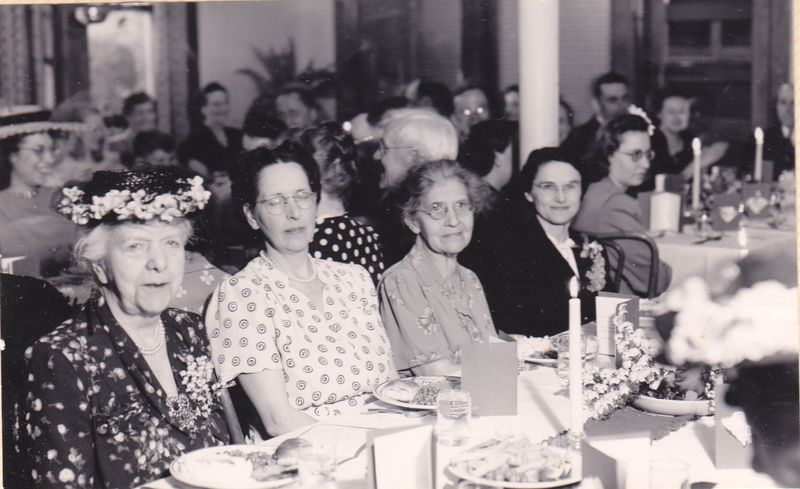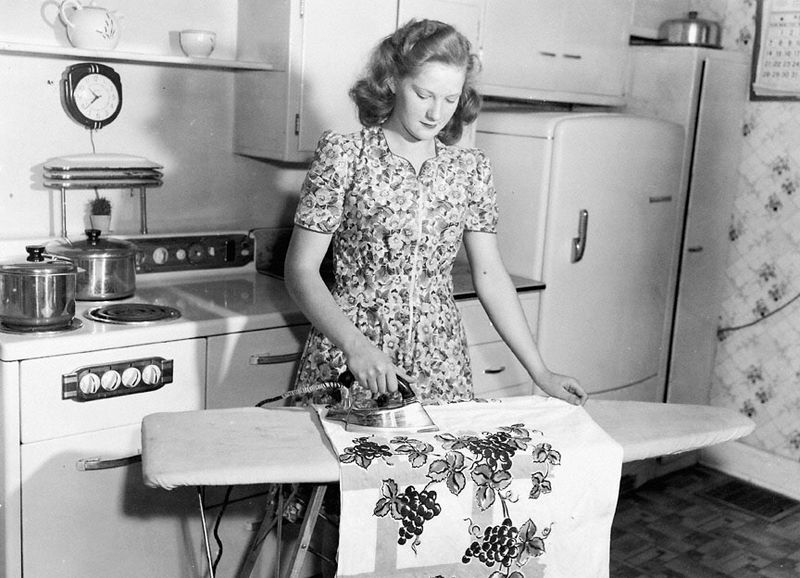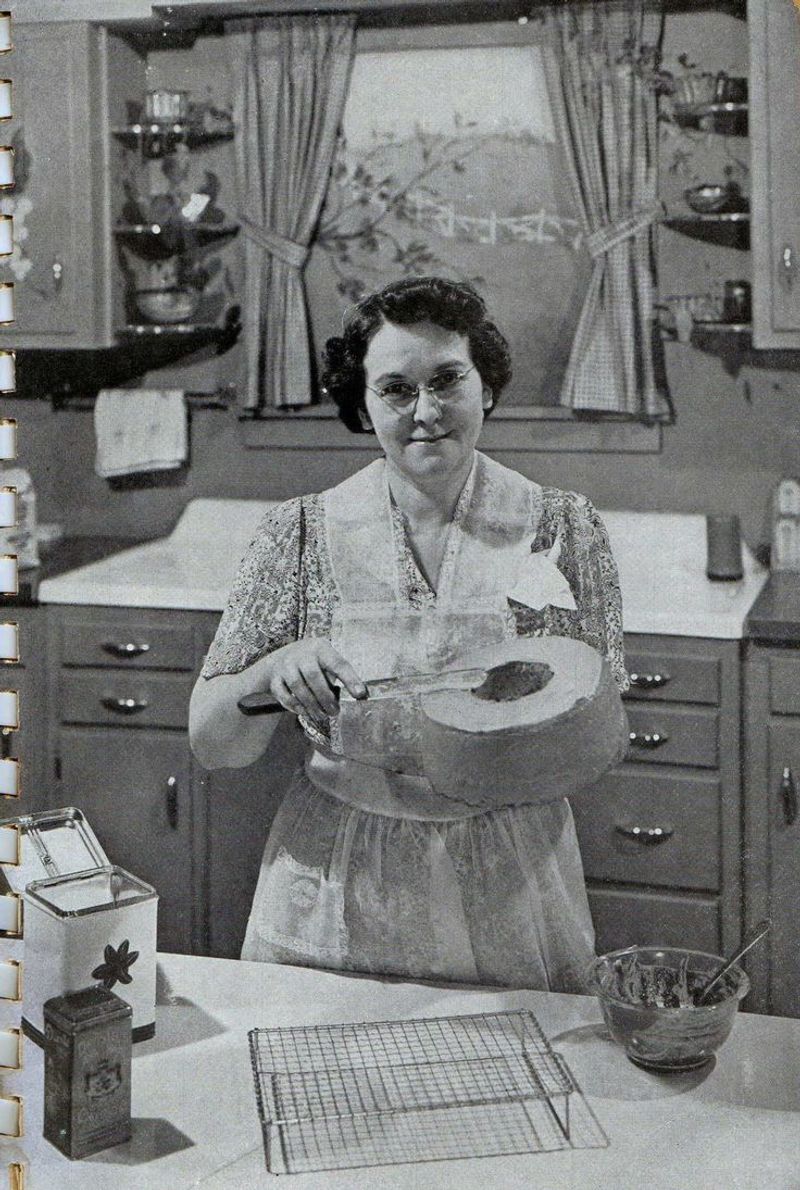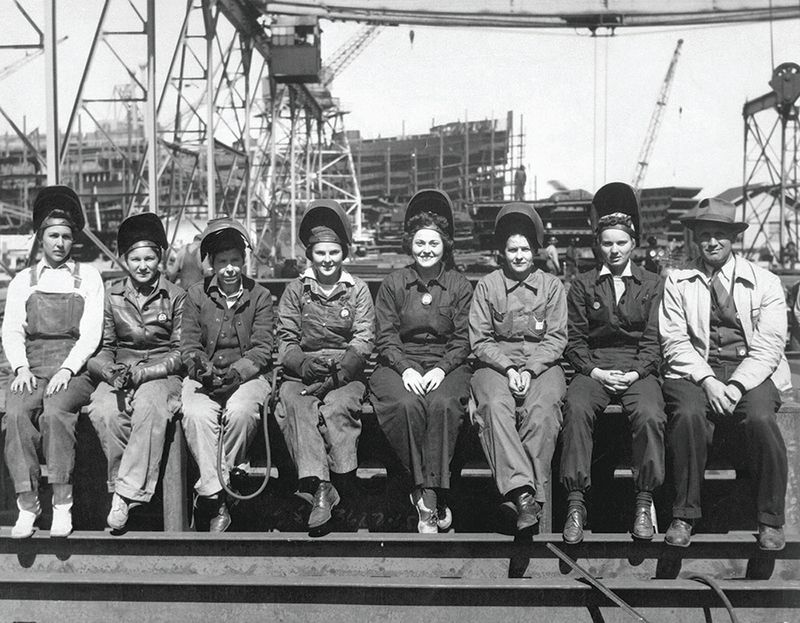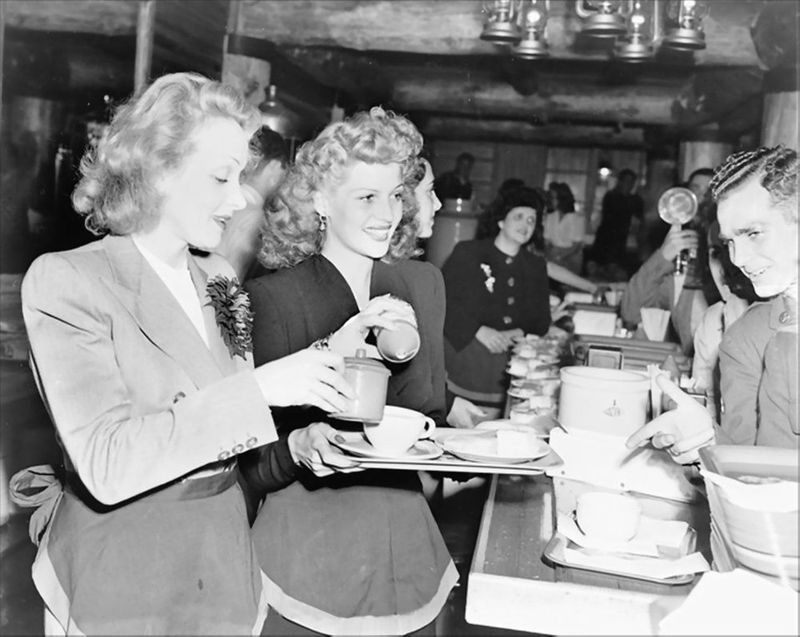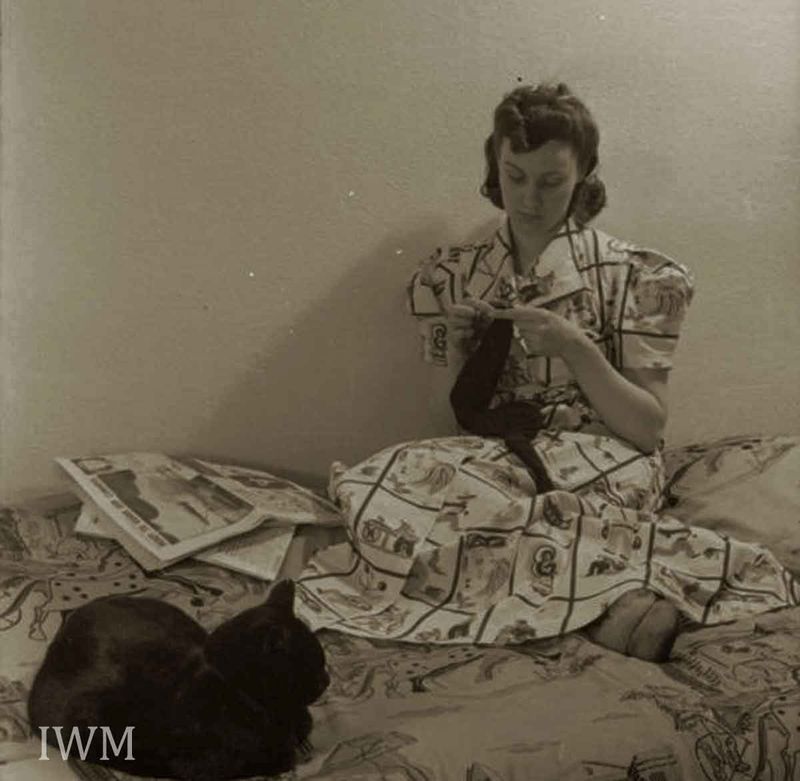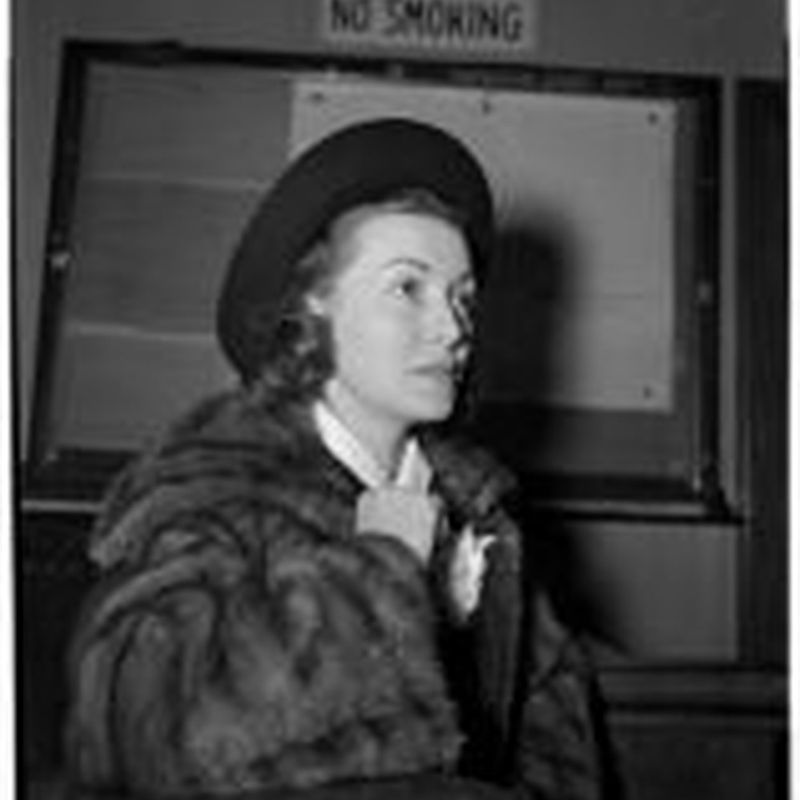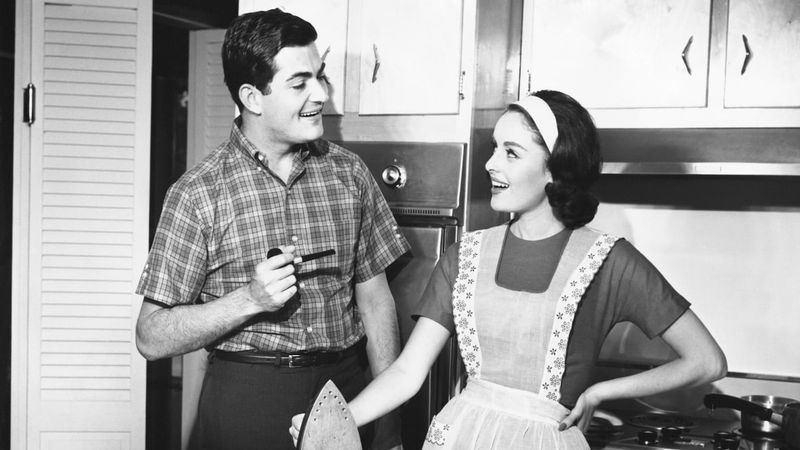In an audacious experiment, I adhered to the lifestyle of a 1940s woman for a month. From donning dresses daily to avoiding solo restaurant visits, the era’s expectations were both fascinating and challenging. This endeavor highlighted the stark contrast between past and present societal norms, offering insight into the resilience and constraints faced by women of the time. Each rule tested my patience, adaptability, and understanding of gender roles as I navigated the peculiarities of a bygone era. Here are the 19 rules that left a lasting impression on me, each revealing a unique facet of 1940s womanhood.
1. Always Wear a Dress or Skirt
The 1940s insisted on femininity, seen vividly in the expectation for women to always wear dresses or skirts. Pants were a rarity, deemed unsuitable for public outings. This rule was a daily reminder of the era’s gender norms. The lack of freedom in clothing choices starkly contrasted with today’s casual wear flexibility. Dresses demanded grooming, requiring women to invest time in appearance. Navigating daily life in skirts posed challenges, especially in colder weather. It was a constant battle between comfort and conformity, revealing the sacrifices women made for societal acceptance.
2. Perfect Hair & Makeup at All Times
In the 1940s, a woman’s appearance wasn’t complete without perfect hair and makeup. Victory rolls and red lips were the standard. This expectation was relentless, with no room for a casual look. The ritual of grooming was time-consuming, turning vanity into a daily battlefield. Skipping this routine invited judgment, reinforcing the era’s beauty standards. It was an era where leaving the house “unfinished” was almost unthinkable. Daily life felt like a performance, and self-presentation was part of the role. The effort to maintain such perfection showcased the pressure women faced.
3. No Eating Alone in Restaurants
Dining alone as a woman in the 1940s often raised eyebrows. Society viewed solo women in restaurants with suspicion, questioning their intentions. This unspoken rule was a testament to the era’s social dynamics. Dining out meant navigating the judgment of being without company. Women were often required to have a male escort, even for simple meals. The lack of autonomy highlighted societal constraints. Reflecting on this, the difference in today’s norms is stark, where eating alone is often seen as a moment of self-reflection rather than scandal.
4. Married Women Couldn’t Have Their Own Bank Accounts
Financial independence was elusive for married women in the 1940s, often unable to have personal bank accounts. Men controlled finances, reinforcing gender roles. This limitation symbolized the broader societal constraints on women’s autonomy. The inability to manage their own money trapped women in dependent roles. It highlighted the era’s patriarchal structure, where men were the decision-makers. Reflecting on the past, the importance of financial independence today is underscored. The struggle for equality is evident in these historical constraints, showing progress towards empowering women through economic freedom.
5. Never Speak Out of Turn
In the 1940s, women were expected to be seen and not heard, particularly in mixed company. Speaking out of turn was frowned upon, reinforcing silence over expression. This rule underscored the era’s societal norms, where women’s voices were often sidelined. The expectation to remain polite and agreeable limited self-expression. It was a challenge to assert oneself in conversations dominated by men. This dynamic fostered a culture of restraint, where opinions were carefully curated or suppressed. The impact of these norms on women’s confidence and agency was profound and lasting.
6. Housework Was a Full-Time Job
Housework in the 1940s was an all-consuming endeavor, reflecting the era’s domestic expectations. Without modern conveniences like dishwashers, chores required significant time and effort. Women were often confined to the home, their days filled with cooking, cleaning, and laundry. This relentless cycle was a testament to their dedication and resilience. The absence of household technology meant that every task was manual, demanding physical exertion. The perception of housework as a woman’s duty reinforced gender roles and defined domestic life. Reflecting on this era highlights the evolution of gender equality.
7. Meals Had to Be Homemade (No Takeout!)
In the 1940s, convenience food was scarce, making home-cooked meals the norm. Women were expected to prepare meals from scratch, highlighting their culinary skills. This expectation emphasized tradition over convenience, as takeout was not an option. The effort to plan and execute meals required organization and time. It was a testament to the era’s domestic demands, where women’s roles were centered around the kitchen. The dedication to homemade meals showcased the cultural emphasis on family and nurturing. Reflecting on this norm highlights the shift towards modern convenience and shared responsibilities.
8. Stockings Were Mandatory
Stockings were an essential part of a woman’s wardrobe in the 1940s, considered a symbol of decency. Even in summer, bare legs were scandalous, reflecting strict social codes. Stockings represented femininity and grace, a non-negotiable aspect of public appearance. This expectation emphasized adherence to fashion norms, despite discomfort. The ritual of wearing stockings daily was a reminder of the era’s gender expectations. Reflecting on this practice highlights the contrast with modern fashion flexibility, where personal comfort often trumps societal standards.
9. No Swearing or “Unladylike” Behavior
The 1940s upheld strict codes of conduct for women, emphasizing decorum and propriety. Swearing or “unladylike” behavior was heavily policed, shaping public interactions. Women were expected to display refinement in every setting, reflecting societal expectations. This standard was a constant reminder of the era’s gender norms. Crossing legs improperly or showing too much emotion invited criticism. The pressure to conform to these ideals shaped women’s public persona. Reflecting on these expectations underscores the evolution of gender roles, where authenticity and individuality now often take precedence over rigid decorum.
10. Women Were Expected to Give Up Their Jobs After Marriage
Post-WWII saw women encouraged to return to domestic roles, leaving jobs to support husbands. This expectation erased wartime progress where women excelled in various industries. Despite proving their capabilities, societal norms dictated a return to traditional roles. This shift highlighted the era’s gender dynamics, where marriage often meant career sacrifice. The impact on women’s identity and aspirations was significant, as personal ambitions were sidelined. Reflecting on this period emphasizes the importance of work-life balance and career opportunities for women today.
11. No Pants on the Dance Floor
Dance halls in the 1940s were scenes of elegance and energy, with women expected to wear skirts. Pants were off-limits, reinforcing feminine ideals during social events. This rule emphasized gender-specific fashion, where skirts facilitated graceful movements. Navigating the dance floor required skill to maintain modesty during spins. The focus on appearance highlighted the social norms of the era. Reflecting on this tradition showcases the evolution of dance and fashion, where personal style now often dictates clothing choices at social gatherings.
12. Always Wear Gloves in Public
Gloves were a staple for women in the 1940s, symbolizing sophistication and etiquette. A must for formal outings, gloves completed a woman’s ensemble. This accessory represented the era’s focus on decorum and grace, even in warm weather. Wearing gloves added a layer of elegance, reinforcing societal expectations. The ritual of donning gloves highlighted the attention to detail in public appearances. Reflecting on this practice underscores the shift towards casual fashion norms, where practicality and comfort often outweigh traditional formality.
13. No Discussing Politics or “Men’s Topics”
In the 1940s, women were often discouraged from engaging in discussions deemed “men’s topics,” like politics. This expectation reinforced gender divides, sidelining women’s opinions. The norm was a reflection of the era’s patriarchal society, where women’s voices were often excluded from serious discourse. The limitation on discussion topics highlighted societal constraints on intellectual engagement. Reflecting on this practice underscores the progress towards inclusivity and equal participation in today’s conversations, where diverse perspectives are valued.
14. Entertaining Guests Was a High-Pressure Performance
Entertaining in the 1940s was an intricate affair, where women were expected to impress with spotless homes and homemade meals. Every detail mattered, from décor to service. This high-pressure performance was a reflection of the era’s domestic expectations. The ability to host flawlessly was a source of social status. Women balanced cooking, cleaning, and socializing, showcasing multitasking prowess. Reflecting on this tradition highlights the evolution of hospitality, where shared responsibilities and relaxed atmospheres are now often preferred over perfection.
15. No Living Alone Without Judgment
Single women living alone in the 1940s faced societal judgment, often seen as unconventional. This norm reflected the era’s expectations of women to marry young. The choice to live independently was a statement of autonomy, challenging traditional roles. The scrutiny faced by solo women highlighted societal constraints on personal freedom. Reflecting on this situation illustrates the progress towards acceptance of diverse lifestyles, where living arrangements are now a personal choice, free from societal judgment.
16. Church Attendance Was Expected
Church attendance in the 1940s was a social expectation, where skipping Sunday service was frowned upon. This norm highlighted the era’s emphasis on community and religious values. Women were expected to participate in church activities, reinforcing traditional roles. Attendance was a reflection of moral standing, influencing social perceptions. Reflecting on this tradition showcases the evolution of religious participation, where personal belief often dictates involvement, and diversity of faith practices is increasingly accepted.
17. Women Couldn’t Initiate Divorce Easily
Divorce in the 1940s was a complex and stigmatized process, particularly for women. Initiating divorce was difficult, leaving many in unhappy marriages. This norm highlighted the era’s legal and social barriers. Women’s autonomy was limited by legal constraints, reinforcing traditional marriage views. The challenge of seeking divorce underscored the lack of support for women pursuing independence. Reflecting on this period emphasizes the importance of legal reforms and support systems that empower women to make personal decisions without societal judgment.
18. No Casual Dating
Dating in the 1940s was a formal affair, where casual dating was frowned upon. Courtship was a structured process, emphasizing reputation and intention. This norm reflected societal expectations of propriety and commitment. The focus on formal courtship underscored the importance of finding a suitable partner. Reflecting on this tradition highlights the evolution of dating culture, where personal preferences and compatibility often guide relationships, allowing for diverse expressions of love and partnership.
19. Always Put Your Husband’s Needs First
In the 1940s, marriage often meant prioritizing a husband’s needs over personal aspirations. This expectation reflected the era’s patriarchal society, where women’s roles were supportive. The norm of self-sacrifice was prevalent, influencing women’s choices and opportunities. Reflecting on this dynamic highlights the progress towards gender equality, where partnerships now often emphasize mutual respect and shared responsibilities. The contrast between past and present underscores the importance of advocating for balanced relationships that recognize individual aspirations.
